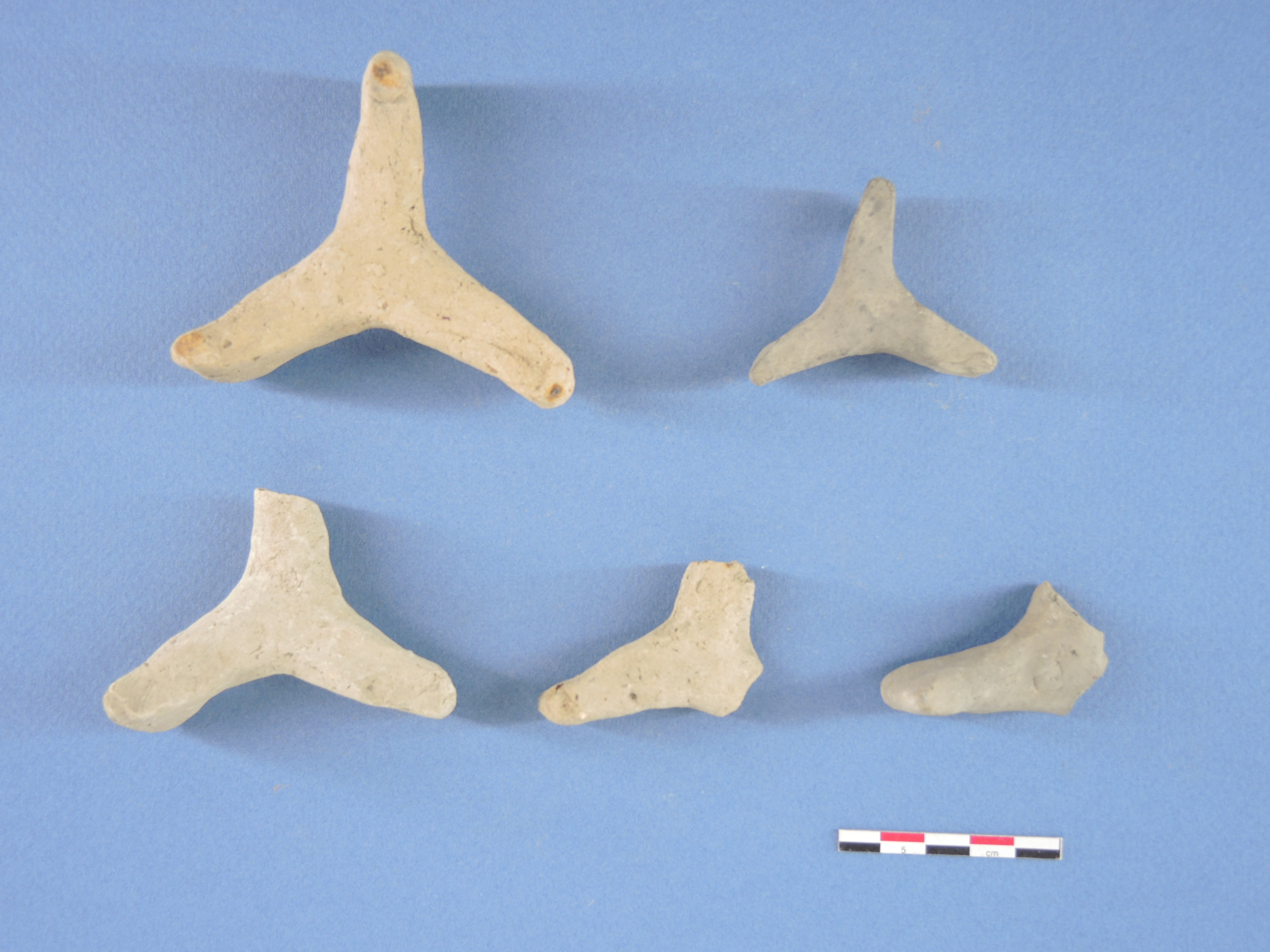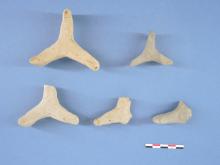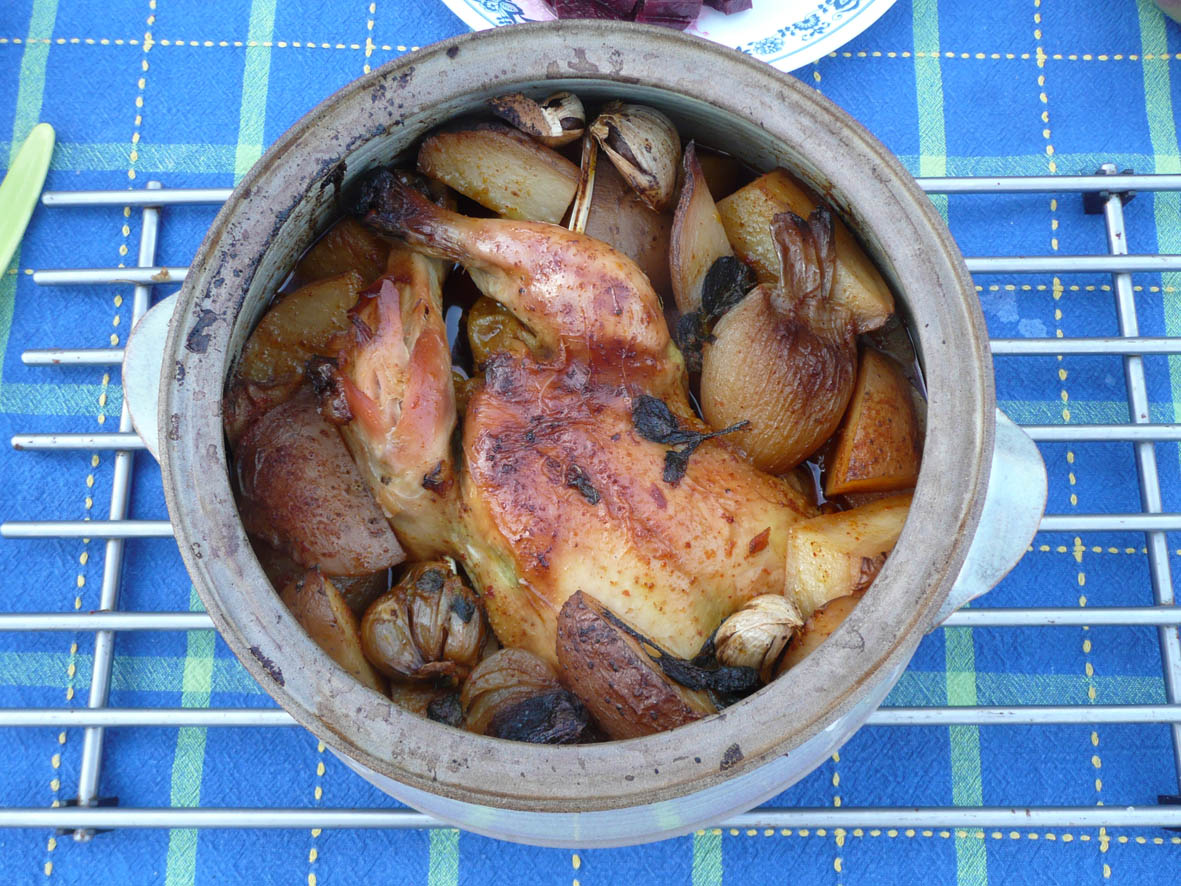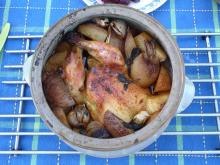Archaeometric investigations of the tableware cargo of the Kavalliani shipwreck (Greece) and into the role of the harbour of Chalcis in the Byzantine and Frankish periods
This paper reports how chemical analysis shows that the Kavalliani shipwreck carried a cargo of MBP from Chalcis.
These results propose Chalcis as a main medieval maritime hub, as most of the cargoes of tablewares in shipwrecks of the Middle Byzantine period are of the same types, and most probably have the same origin.
Download here before December 29th 2019 - or request a copy from us afterwards.






